Discover insights, tips, and stories from the skies — from aircraft buying guides to pilot training.
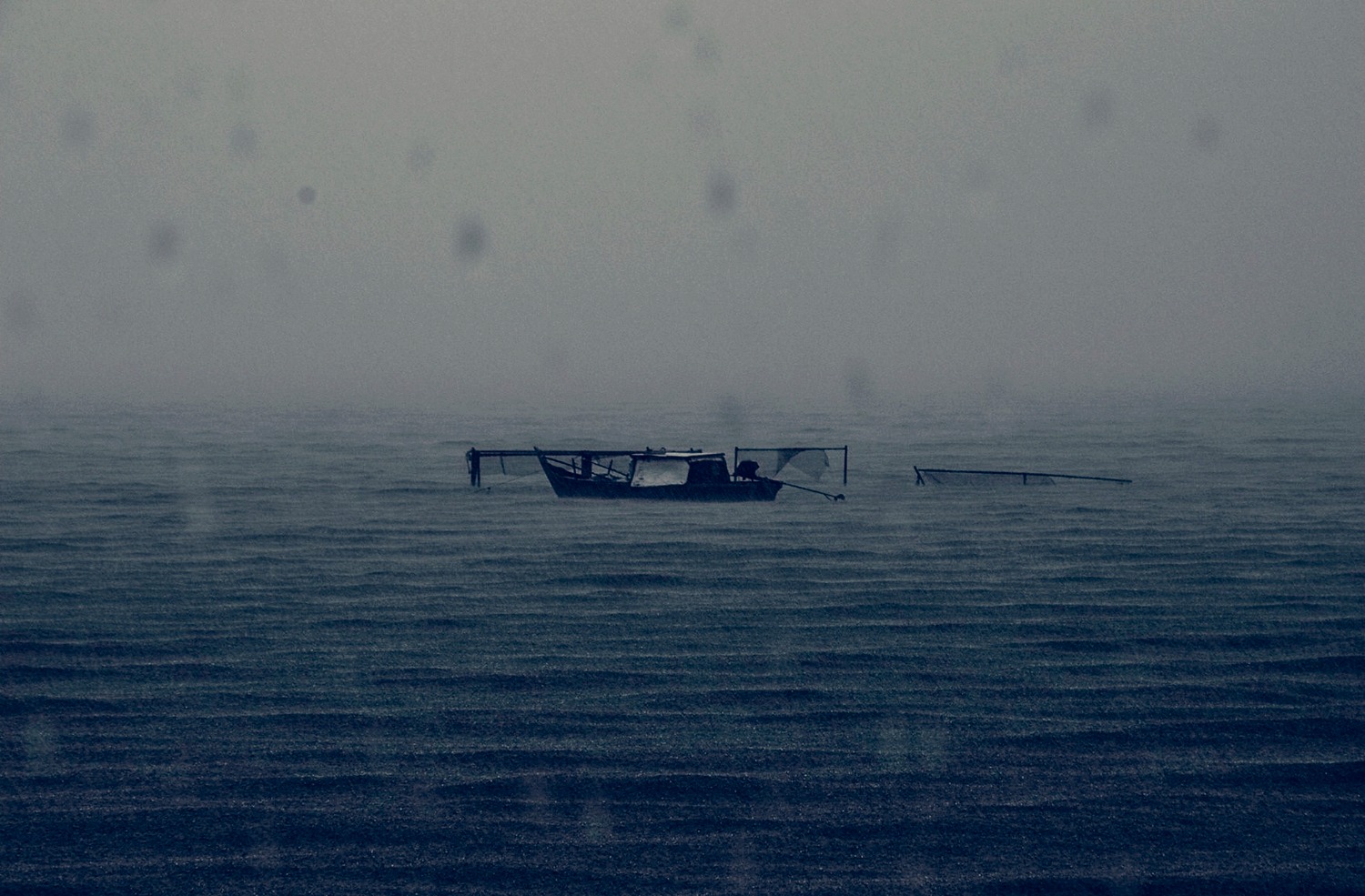
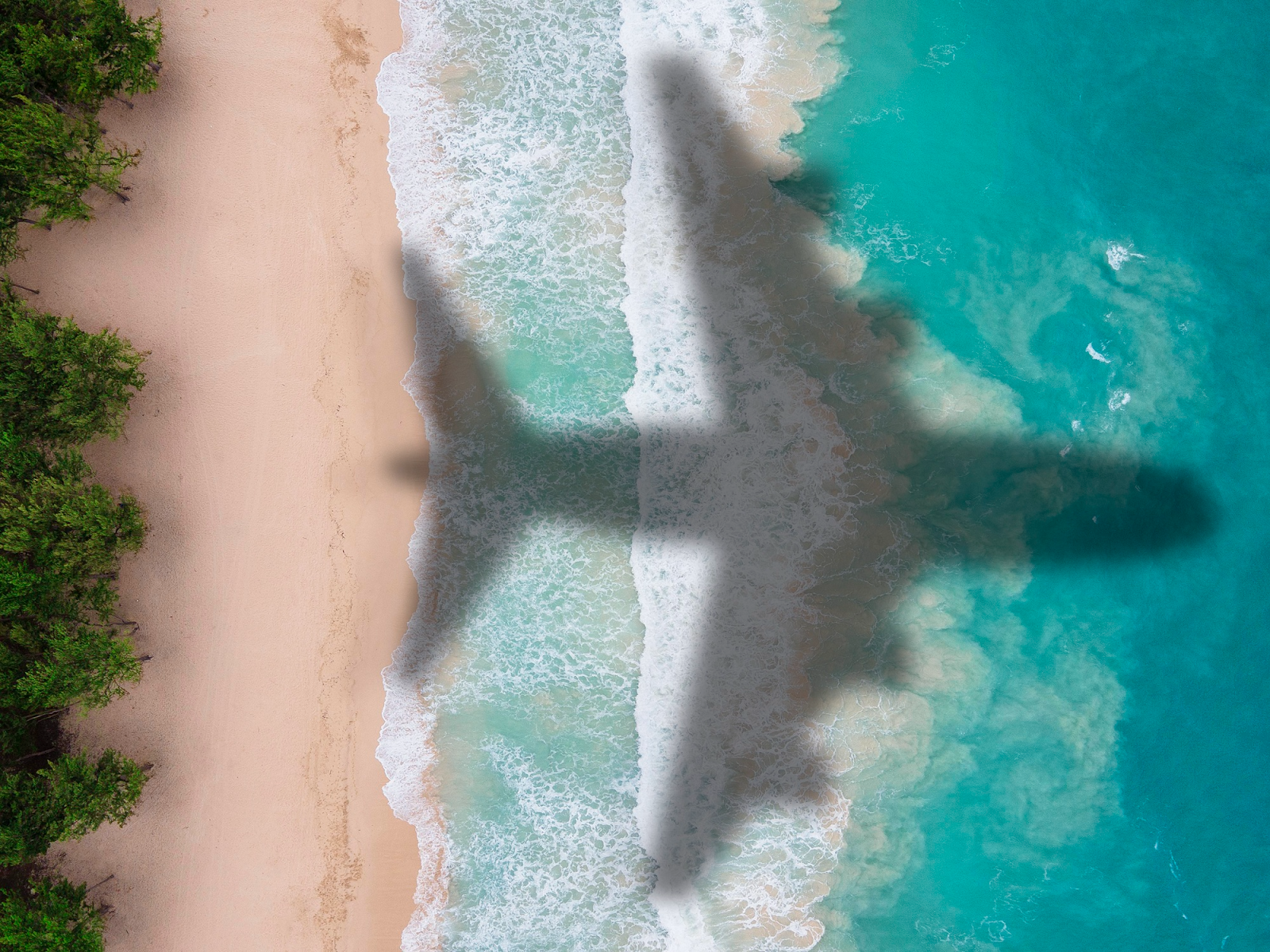
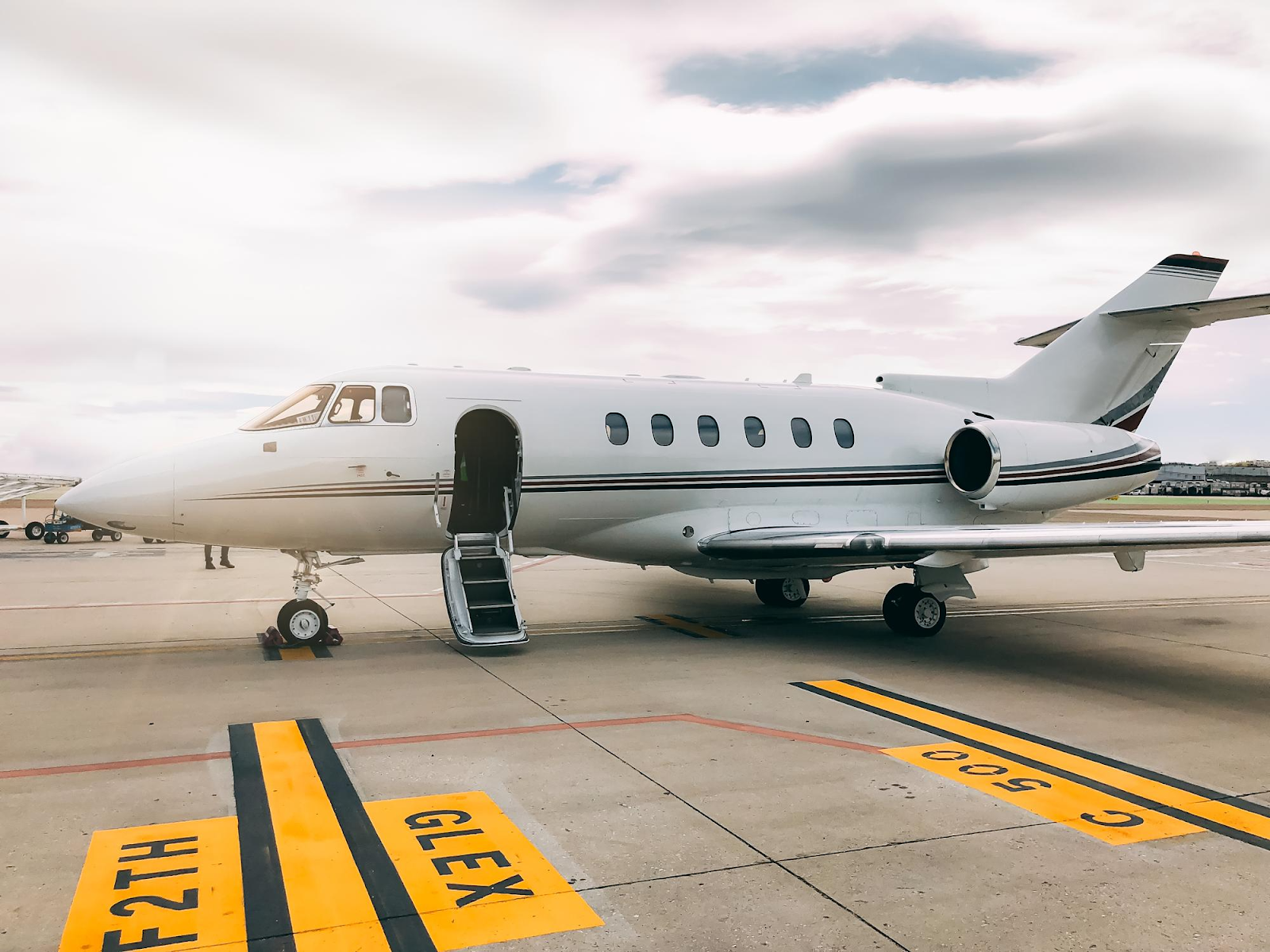
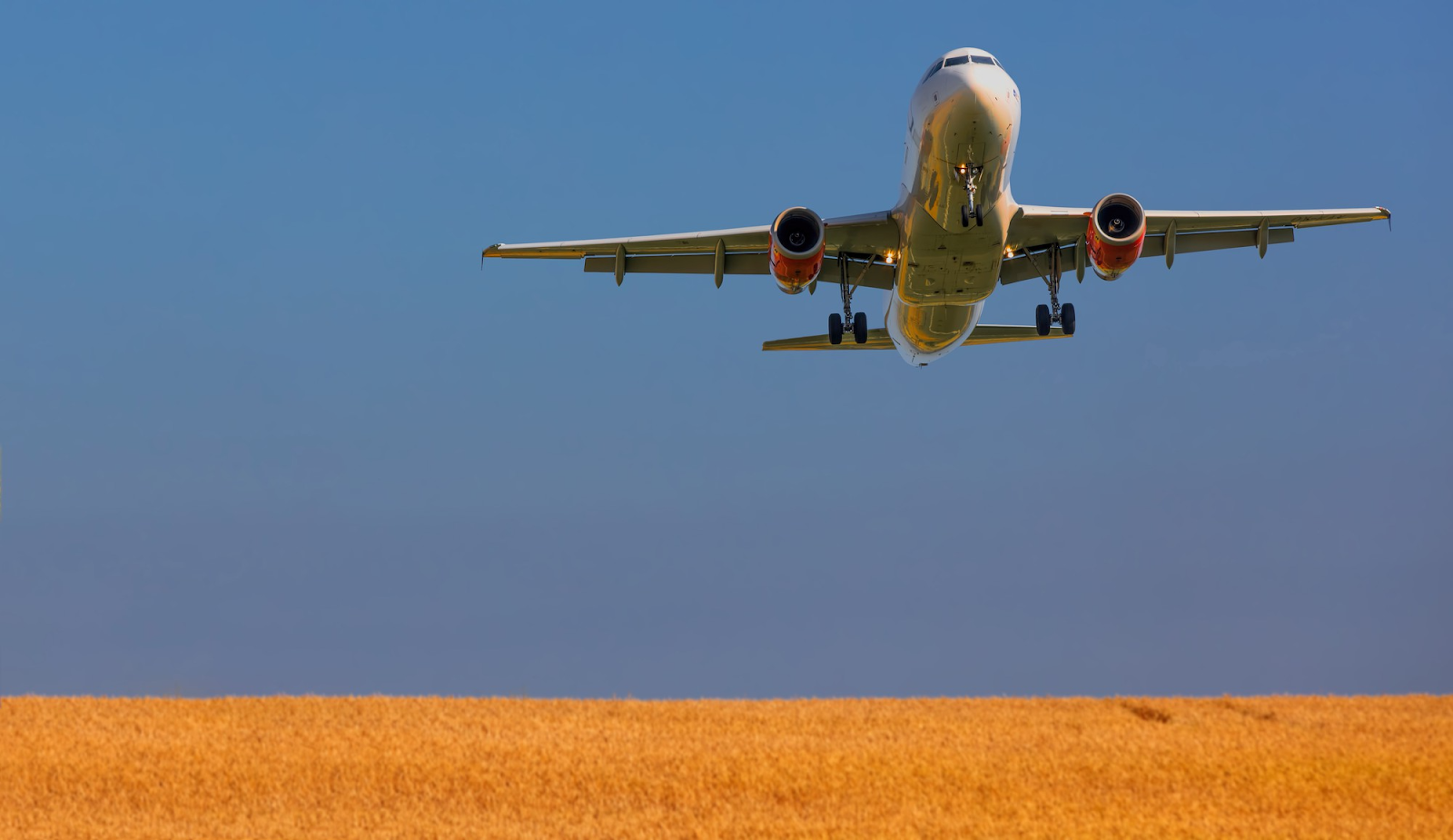

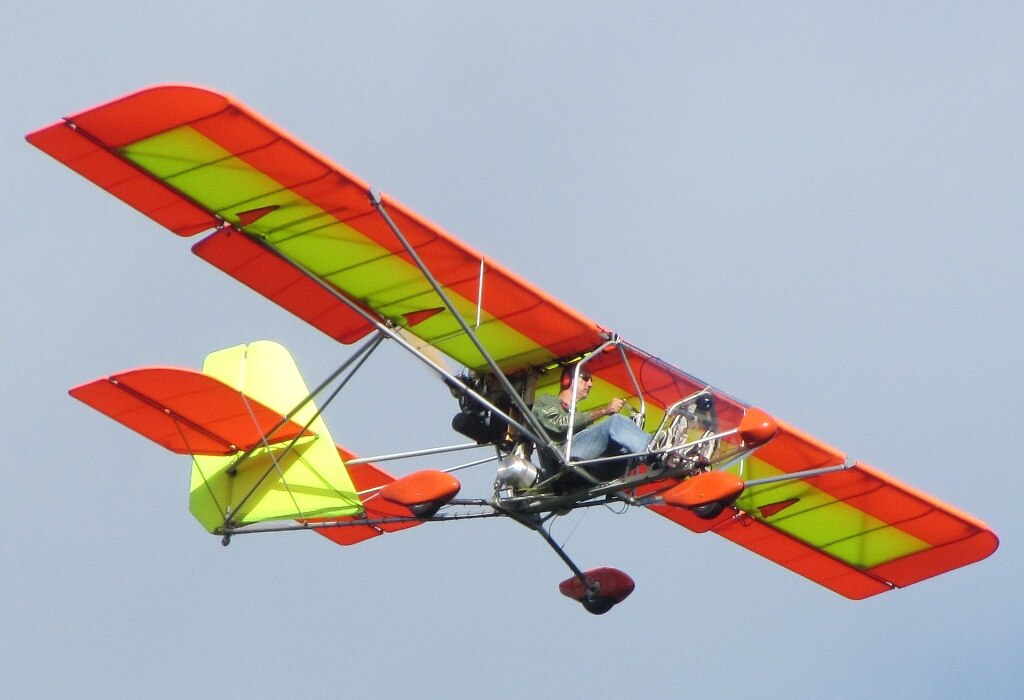
Published: August 8, 2025
Flying has always fascinated people. For many, the dream of taking off in a small plane feels out of reach. But with the best ultralight aircraft, that dream becomes easier.
These small planes are built for freedom, fun, and simple flying. The global ultralight aircraft market is already worth over USD 15 billion and is expected to nearly double by 2032, showing how popular they have become.
They are light, low-cost, and made for everyday people who want to feel the sky without the long process of earning a full pilot’s license.
Before we look at nine great options, let’s talk about what makes an ultralight, why people choose them, and what you should think about before buying.
The first thing to know is that an ultralight vehicle is not the same as a regular airplane. The FAA Part 103 rules explain what counts as an ultralight in the United States. These are clear 103 requirements that every flyer must follow.
These details are called Part 103 compliance. They separate ultralights from light sport aircraft (also called LSA). While an LSA may need a sport pilot license and sometimes a medical certificate, true ultralights do not. This is a big reason why so many people are drawn to them.
An ultralight aircraft is often a lightweight aircraft with a single seat, an open cockpit, and simple landing gear. Many are fixed-wing, but you can also find a trike, a powered parachute, or other types of ultralight aircraft. Some use a Hirth engine with a small propeller. Others use different engines, but all are limited by the FAA rules for size and speed.
People sometimes compare ultralight and light sport planes. The main difference is that LSAs are larger and treated like small airplanes under the faa system. Ultralights are smaller and fall under special faa rules.
The EAA (Experimental Aircraft Association) helps aviation enthusiasts understand the differences. At the AirVenture air show, you’ll see both ultralights and LSAs on display. This makes it clear how the engine and prop, airframe, and avionics all fit the different categories.
When you think of ultralights, picture something simple, light, and built for fun. They may look different, but they all follow the same weight and speed limits. That’s what makes them true ultralights.
Flying an ultralight feels different from being inside a bigger airplane. It is simple, direct, and often more exciting. Many people choose an ultralight aircraft because it makes the dream of recreational flying real.
One reason is affordability. A small kit or ready-to-fly ultralight costs less than many used cars. That makes it possible for new flyers to enter aviation without the big costs tied to larger planes. You don’t need a hangar at a busy airport. Some ultralights can fold their wings and fit on a small trailer.
For many new flyers, an ultralight feels like the perfect beginner plane. It costs less, is simple to maintain, and avoids the complex steps of traditional aviation training.
Another reason is freedom. With FAA Part 103, you can fly without a pilot’s license. You don’t need a medical certificate either. This reduces the barriers to entry. Still, many people seek proper training with instructors or clubs before flying solo. Safety always matters.
Ultralights also create a unique flying experience. Sitting in an open cockpit, with the engine and prop humming behind you, gives a sense of connection to the air. You feel every change in the wind. The maneuverability of these small planes makes every flight a joy.
There are different types of ultralight aircraft to fit different styles.
Each type changes how the plane handles and what kind of flights you can enjoy.
Another big reason is community. Events like EAA AirVenture bring aviation enthusiasts together. People share builds, test flights, and new ideas. You see everything from classic models to high-tech designs with advanced avionics.
Finally, many choose ultralights for their payload and performance. Even with limits like 254 pounds empty weight, builders design planes with strong airframes, steady landing gear, and solid performance up to 63 mph. This balance between rules and creativity is part of what makes ultralights special.
Buying an ultralight is exciting, but it’s smart to slow down and plan. These small planes may be simple, but they are still flying machines. A careful buyer thinks about rules, training, and personal goals before spending money.
Start with faa rules. Every plane you look at must meet Part 103 compliance. That means it can’t go over 254 pounds empty weight. The stall speed and top speed must fit the 103 requirements too. If the plane is heavier or faster, it may move into light sport aircraft territory. Then you would need a sport pilot license.
Next, think about proper training. While you don’t need a license to fly an ultralight, learning from an instructor is smart. You need to know how to take off from a runway, handle the engine and prop, and land safely. You also need to understand controlled airspace. Even ultralights must follow traffic rules in the sky.
Budget is another key factor. Some of the best ultralight aircraft are kits you build yourself. That means lower cost, but more work. Others come fully built, with features like stronger airframes, durable landing gear, and even small avionics packages. Some use reliable motors like a Hirth engine.
Storage is another point. Will you keep the plane in a hangar, or do you have room at home? A lightweight aircraft may fold up for a trailer, but not all models do. Think about where you will keep it and how you will move it.
Safety gear matters too. Look for planes that can carry a parachute system. Even though ultralights are limited to 5 gallons of fuel and low speeds, accidents can happen. Being ready makes flying safer.
Performance is also worth a close look. Check the payload you can carry. Some ultralights may handle a small bag or extra gear. Review the top speed (often close to 63 mph) and how stable the plane feels. Test flights and reviews from other pilots will help.
Finally, think about your own goals. Do you want recreational flying on calm weekends? Do you hope to explore ultralight and light sport planes later? Do you want a classic fixed-wing, or a more adventurous trike?
Taking time to answer these questions will help you choose the best ultralight for your needs.
Choosing the right ultralight can feel exciting but also a little confusing. There are many designs, each with different strengths. Some are easy to build at home, while others are sold ready to fly. To help, here are nine of the best ultralight aircraft today.
Each one follows FAA Part 103 rules and gives a unique flying experience.
Comparison Table: 9 Best Ultralight Aircraft
| Aircraft Model | Empty Weight | Top Speed | Cruise Speed | Stall Speed | Fuel Capacity | Key Features | Best For |
| Aerolite 103 | ~235 lb | 63 mph | ~55 mph | ~26 mph | 5 gallons | Open cockpit, tricycle gear, kit or RTF, optional electric | First-time ultralight owners |
| Merlin Lite | ~278 lb* | 55 knots (63 mph) | ~55 mph | ~27 mph | 5 gallons | Enclosed cockpit, metal airframe, advanced avionics, BRS allowance | Comfort seekers wanting “mini airplane” feel |
| CGS Hawk Ultra | ~244 lb | ~55 mph | ~45 mph | ~27 mph | 5 gallons | Classic design, fabric-covered, forgiving flight manners | Hobby builders, classic ultralight fans |
| Kolb FireFly | ~250 lb | ~55 mph | ~50 mph | ~26 mph | 5 gallons | Tube-and-fabric, folding wings, responsive rudder | Flyers wanting sporty handling |
| TEAM Mini-Max 1030 | ~250 lb | ~55 mph | ~50 mph | ~27 mph | 5 gallons | Affordable wood-and-fabric kit, simple engine choices | Budget-conscious DIY builders |
| Legal Eagle XL | 244–246 lb | ~60 mph | ~50 mph | ~28 mph | 5 gallons | Four-stroke Half-VW engine, open cockpit, roomy seat | Taller pilots, fans of four-strokes |
| Quicksilver MX 103 | ~250 lb | 63 mph | ~55 mph | ~27 mph | 5 gallons | Iconic high-wing design, stable handling, trainer lineage | Beginners, community support |
| North Wing ATF (Trike) | Varies (meets 103) | ~50 mph | ~40 mph | Very low (~20 mph) | 5 gallons | Weight-shift control, wing options, compact trike carriage | Flyers wanting powered-glider feel |
| Six Chuter P3 Lite | ~250 lb | 35–40 mph | ~30 mph | Very low (~20 mph) | 5 gallons | Powered parachute, stable at low altitude, simple controls | Safe, slow, scenic flying |
The Aerolite 103 is one of the most popular ultralights in the world. It is a fixed-wing design with a simple tricycle landing gear setup. Pilots like it because it is stable, easy to fly, and can be bought as a kit or ready-to-fly.
This aircraft is known for being beginner-friendly. The controls are light, the rudder is responsive, and the wings give steady lift. Many first-time ultralight owners pick the Aerolite 103 because of its balance of simplicity and performance.
The Merlin Lite is designed for flyers who want an ultralight with more comfort. It has a fully enclosed cockpit, which means you can stay out of the wind while flying.
The Merlin Lite feels closer to a small airplane than a basic ultralight. The design gives it higher comfort, while still meeting ultralight limits. It is a good choice for pilots who want a more “complete” feel without needing a license.
The CGS Hawk Ultra is one of the classic ultralights that has been around for decades. It has proven itself with thousands of safe hours.
The Hawk is especially popular with hobby builders. It is simple to maintain and has a big support community. Its aerodynamics make it stable at low altitude and easy for beginners to enjoy.
The Kolb FireFly is a fun, open-frame ultralight with great handling. It is very light and designed to meet Part 103 with room to spare.
Because it is so light, the FireFly climbs quickly and feels lively in the air. Flyers say it gives a “sporty” feel while still being safe for recreational flying.
The Mini-Max 1030, also called the Max-103, is a wood-and-fabric ultralight that has been around for years. It is one of the most affordable ways to get into flying.
The Mini-Max is well known among hobbyists who like hands-on projects. Its simple structure also makes repairs easier. While it may look basic, the flying performance is steady and fun.
The Legal Eagle is unique because it often uses a Half-VW four-stroke engine. This gives a different sound and feel compared to common two-stroke motors.
The Legal Eagle XL is perfect for taller pilots, since it has more room in the cockpit. It also appeals to builders who like the idea of a four-stroke motor in an ultralight.
Most ultralights are single-seat designs, but some builders explore creative twin-engine setups. These are sometimes called the lightest twin aircrafts, designed to meet strict weight rules while offering more power and safety redundancy.
The Quicksilver MX is one of the best-known ultralights of all time. The MX 103 model keeps the classic look but meets modern ultralight limits.
Because it is so well known, many schools and clubs use Quicksilver designs for training. The open design also makes it easy to check the airframe before every flight.
The North Wing ATF is a trike ultralight. It uses weight-shift control, which means you move the wing bar instead of using a stick and rudder pedals.
A trike is a good option for people who want something different from a fixed-wing plane. The flight style feels closer to a powered glider, with smooth handling and simple controls.
The P3 Lite is a powered parachute. It uses a strong parachute wing for lift and a rear propeller for push.
The Six Chuter P3 Lite is perfect for flyers who want low, calm flights over fields and open land. It may be slower than other designs, but it is one of the safest and most stable ultralight types.
These nine aircraft show the wide range of choices available to new flyers. From the quick and agile Kolb FireFly to the comfortable Merlin Lite, each design offers something special. Some are fast builders, others come ready to fly. Some focus on speed and aerodynamics, while others focus on easy handling close to the ground.
Every flyer is different. Some want the feel of a powered glider with simple controls. Others want the comfort of a closed cockpit or the freedom of a weight-shift trike. What matters most is finding the right balance for your goals, your budget, and your comfort in the air.
The joy of ultralights is that they bring flying within reach for many people. With clear rules, simple designs, and a welcoming community, the sky feels open and inviting. If you dream of flying, one of these nine models could be your perfect match.
The world of ultralights makes flying simple, fun, and accessible. From fixed-wing planes to trikes, these small machines bring the joy of aviation to people everywhere. With clear FAA Part 103 rules and a wide range of designs, there’s something for every new flyer.
The 9 best ultralight aircraft each offer a unique way to experience the sky. Take time to learn, prepare, and choose wisely, and you’ll find flying can become a lifelong passion.
Want to take the next step? Look at more guides and resources at Flying411 today.
No. Under FAA Part 103, true ultralights do not need to be registered or carry an N-number.
No. FAA rules limit ultralight flying to daylight hours only.
Most ultralights fly between 300 and 3,000 feet. FAA rules do not set a strict ceiling, but safety and performance do.
No. FAA Part 103 allows only one seat. If you want to fly with a passenger, you need a larger aircraft category.
Yes. Some companies now build electric ultralights that meet 103 requirements with quiet motors and short flight ranges.